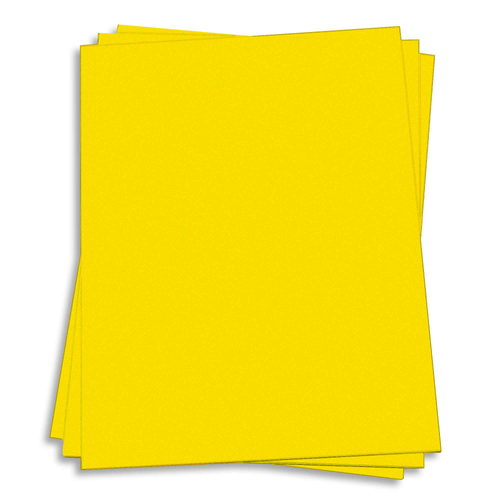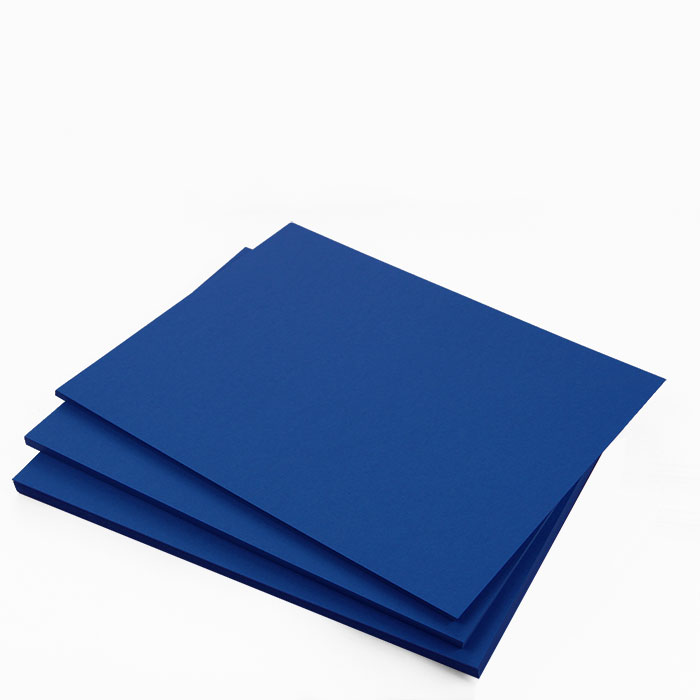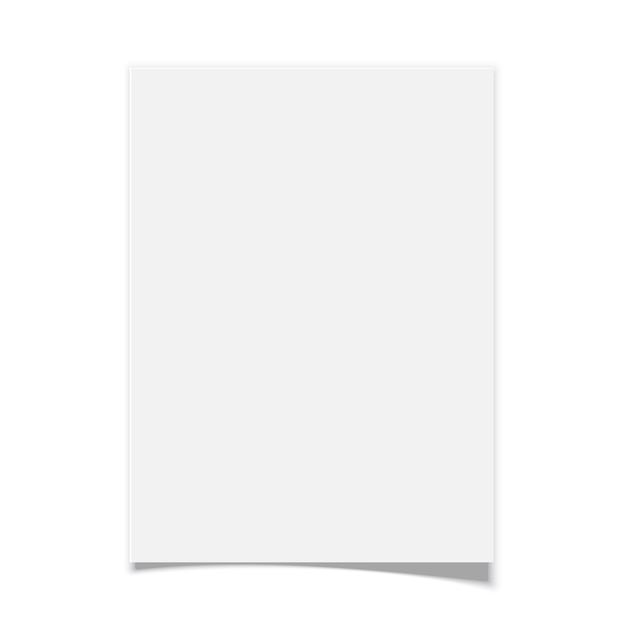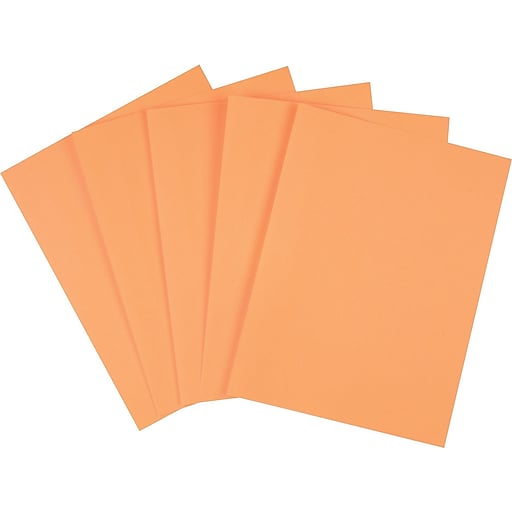Layers of the Earth
In this activity, you will
explore the layers of the Earth.
Supplies Required
- Red paper

- Orange paper
- Yellow paper

- Green paper

- Blue paper

- Black paper

- White paper

- Brass Paper Fastener

- Black Marker

- Scissors

The Challenge
It may seem like the Earth is made up of one big solid rock, but it’s really made up of a number of parts. Some of them constantly moving! There are four layers of the earth: the crust, the mantle, the outer core, and the inner core.The crust is the thin outer layer of the Earth where we live. The crust varies from around 5 km thick (in the ocean floor) to around 70 km thick (on land where we live called the continental crust). The crust is broken into plates called, tectonic plates.The next layer of the Earth is called the mantle. The mantle is much thicker than the crust at almost 3000 km deep. It’s made up of liquid rock, called magma. This is what erupts out of volcanoes as lava! This layer is always moving due to convection currents.The Earth’s outer core is made up of iron and nickel and is very hot (4400 to 5000+ degrees C). This is so hot that the iron and nickel metals are liquid! The outer core is very important to earth as it creates something called a magnetic field. The Earth’s inner core is also made up of iron and nickel, but it is solid. It is solid because its under so much pressure and is extremely dense. The inner core is the hottest part of the Earth, and, at over 5000 degrees C, is about as hot as the surface of the sun.
Problem and Hypothesis
[contact-form-7 id="18628" title="STEM book form SCI 1"]Let’s Experiment and Build!
Instructions
- Begin by drawing a large circle onto black paper and carefully cut it out. This black circle will be the Earth’s crust. Use a bright pen or a bit of paint to label the crust.
- Then draw a circle slightly smaller than the crust onto red paper, and carefully cut it out. This red circle will be the Earth’s mantle. Use a pen to label the mantle.
- Then draw a circle slightly smaller than the mantle onto orange paper, and carefully cut it out. This orange circle will represent the Earth’s outer core. Use a pen to label the outer core.
- Finally, draw the smallest circle onto yellow paper, and carefully cut it out. This small yellow circle will represent the Earth’s inner core. Use a pen to label the inner core.
- Draw a handful of countries or continents to trace onto green paper. Once traced, carefully cut them out.
- Use a compass to draw the largest circle onto blue paper, and carefully cut it out. This large blue circle will represent the Earth. Cut OFF ¼ from your Earth, and glue your green continents/countries into place.
- Place each circle on top of one another (follow this order: crust, mantle, outer core, inner core, Earth). Lastly, pin into place with a paper fastener and you’re done!
Experiment, Analysis, and Conclusion
[contact-form-7 id="18626" title="STEM book form SCI 2"]Think about it and Additional Resources
Read about some cool facts about the layers of the Earth.
Share on social media: Record a video or take a picture of your activity and post the results online using the hashtags:
#EarthsLayers
#ProjectExploration
#StemAtHome
Tag a friend and challenge them to do it, too!
For more activities like this one, go to www.projectexploration.org/stemhome. If you’re interested in learning more about Project Exploration and our free events, programs, and activities, please find us on social media and be sure to follow!
